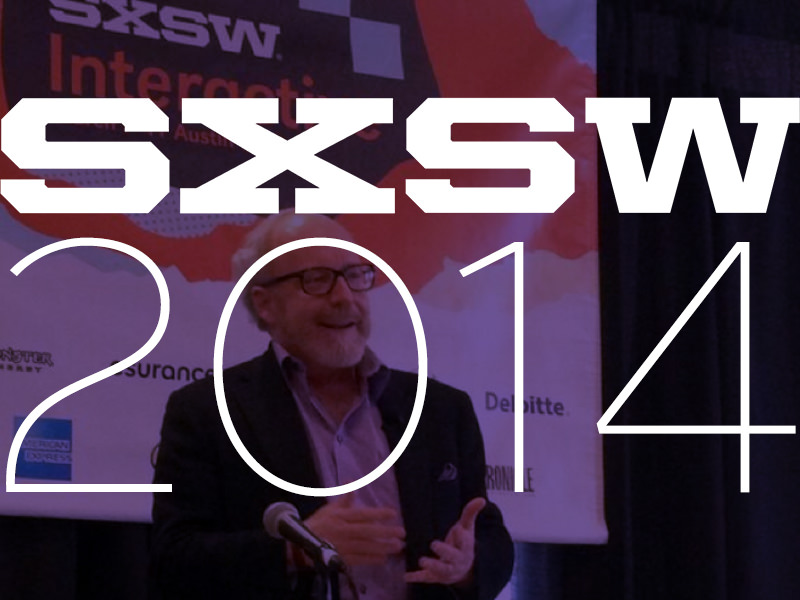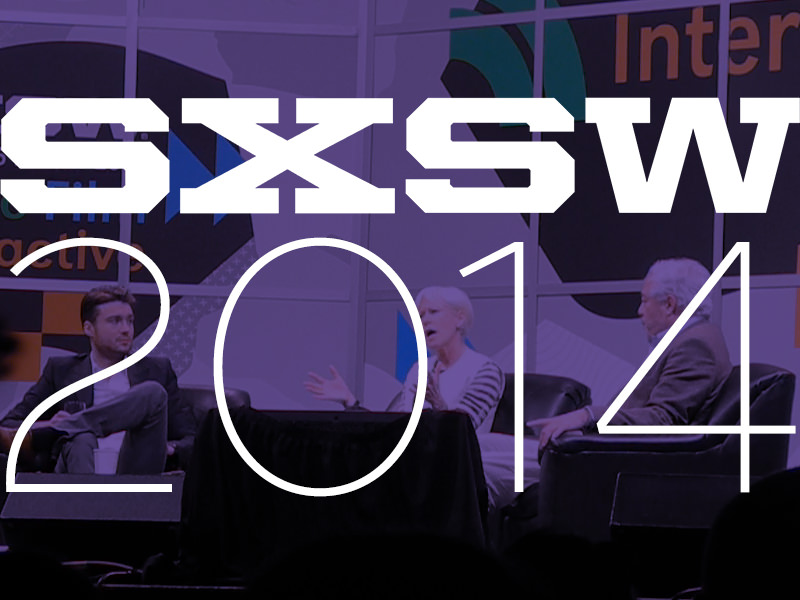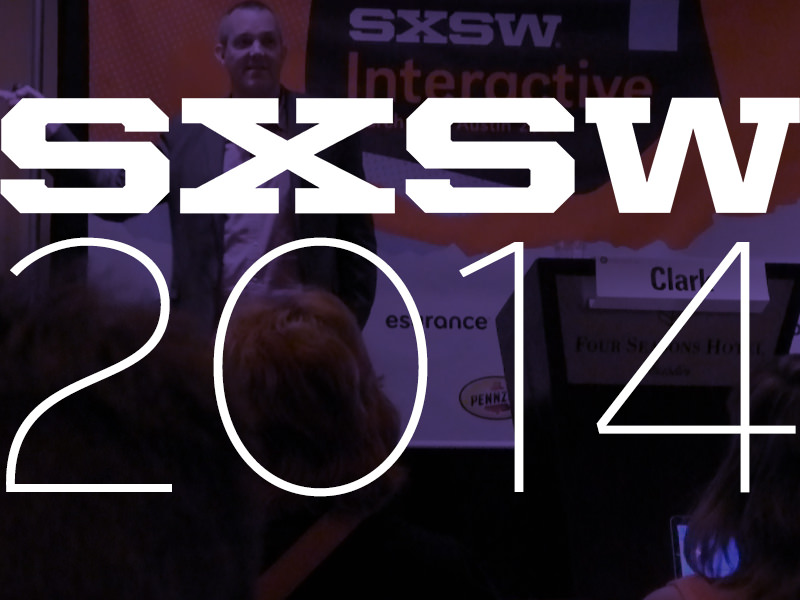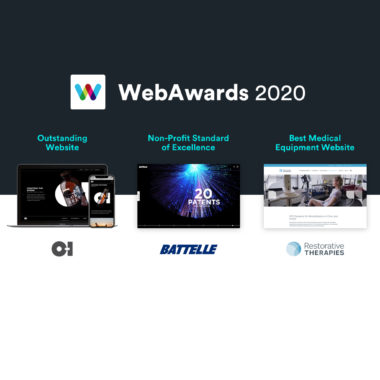SXSW 2014: Redesigning the Workplace for Talent Development
The size and scope of SXSW has become enormous. But one session I found extremely thought-provoking this year was “Workplace Redesign: The Big Shift from Efficiency,” presented by John Hagel, Chairman of Deloitte Center for the Edge.
Recognizing that talent is central to business success, this session explored how companies need to go beyond attracting and retaining talent and focus more on talent development. And not just through the implementation of training programs, because the most powerful learning occurs on the job. Instead we should reconceive the work environment to include not only our own employees, but everyone outside the organization who has relevant expertise to help us learn faster.
The physical aspects of an office are just one part of a work environment. Virtual platforms, tools, management systems, compensation systems, and the access to third-party knowledge all need to be a part of the whole if we want to accelerate learning and talent development in work environments.
Hagel explored what he felt were the 3 principles and goals to help redesign the work environment.
1. Identify highest impact challenges.
Help employees to understand performance challenges that have the highest impact to the organization. Often workers are siloed in their departments and have no idea how they can individually contribute to the challenges. Create Personal Performance Dashboards to help individuals track progress. Share data with everyone.
2. Connect in better ways to meet challenges.
Help workers connect more efficiently and make high-impact connections. Challenge and provide opportunities to connect into relevant knowledge flows (a huge challenge for most companies) – both internally and with third-party players. Encourage coaching and connections that will bring a collective knowledge together to solve problems faster.
3. Amplify impact.
Make it easy to share information and create contacts through the creative use of physical space and/or technologies. Focus on performance improvement, and as a by-product it will enhance learning, fast-track solutions and better meet challenges.
In order to successfully redesign the work environment, people with passion are essential to drive rapid learning and performance improvement. But what is passion? Hagel talked about people who have the “Passion of the Explorer,” which he defines by the following characteristics:
- A long term commitment to a domain. Not a visitor. Committed to making a difference.
- A questioning disposition. People actively seek out the next quest to test themselves.
- A connecting disposition. When they see a challenge their instinct is to ask, “whom can I connect with to figure it out?”
With only 11% of U.S. workers having the Passion of the Explorer, this is a huge challenge for companies to overcome. Passion can be catalyzed, drawn out, nurtured and amplified, but it requires conscious focus and deliberate leadership to create an environment that grows that type of behavior.
Bottom line, Hagel feels this workplace redesign is not an opportunity – it is an imperative. Those companies that don’t figure this out will be marginalized and die. It’s the dark side of technology – systematically removing barriers to entry. There will be performance pressure on companies and individuals. But if we get this right, as Hagel put it, “we can move from a world of diminishing returns to increasing returns, where the more participants who join in, the faster everyone will learn by working together.”
For more coverage from our team at SXSW 2014, see Managing the Generation Mash-up, Designing for Every Screen, No Screen and Between Devices and Should Brands be Part of the Real-Time Conversation?





